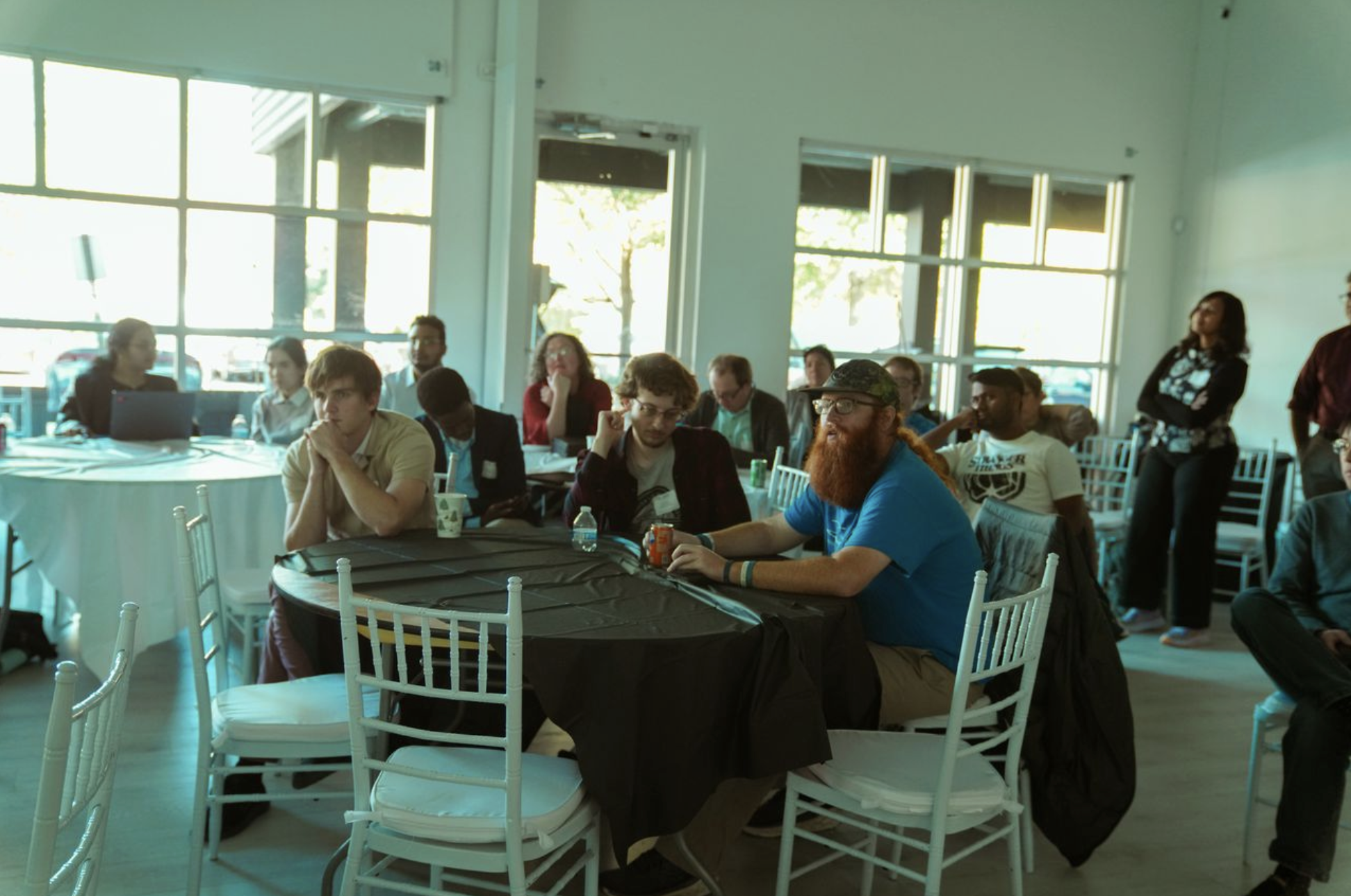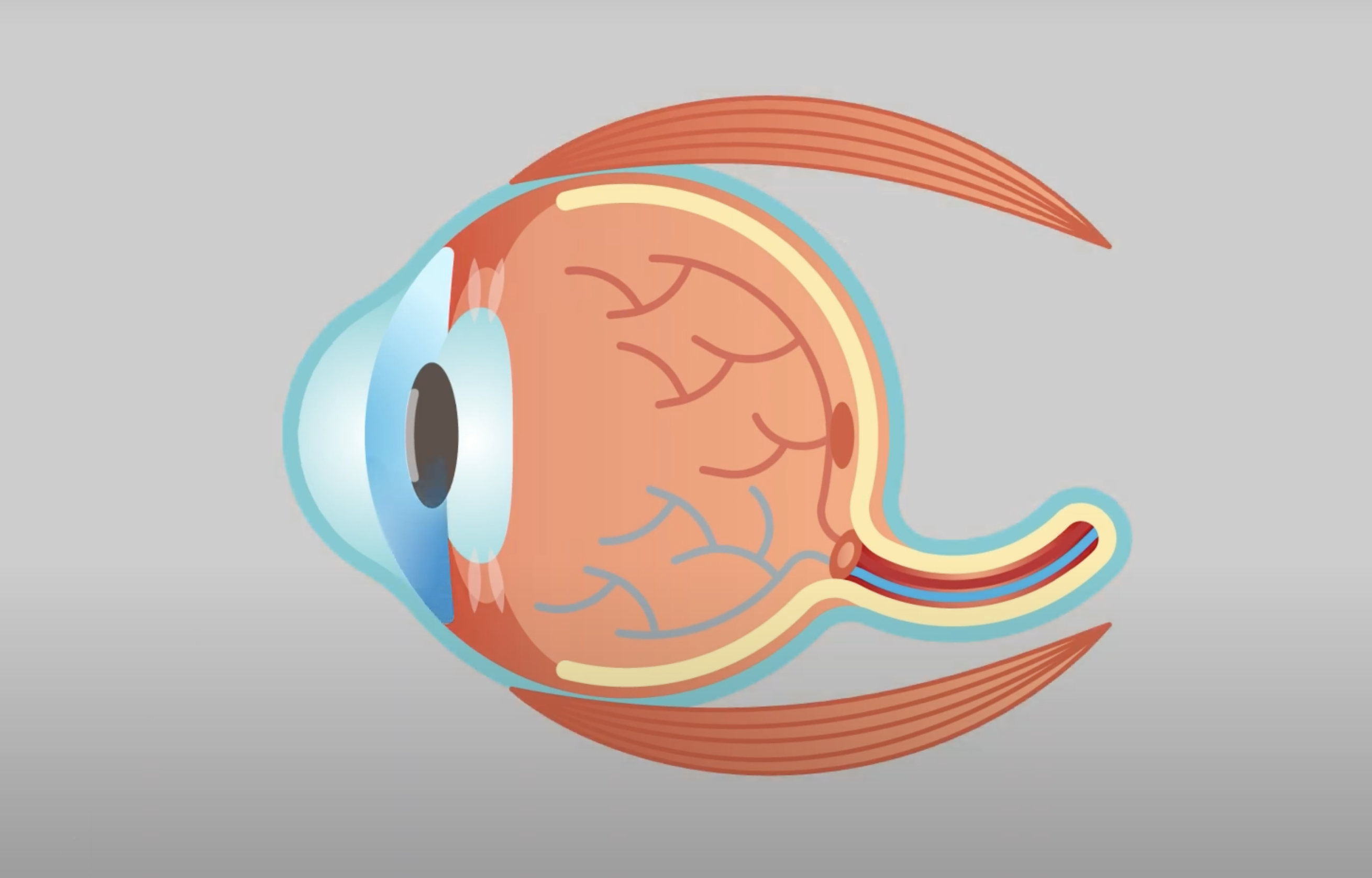
Students and faculty watching an oral presentation at the 2025 Fall Retreat.
 | Under Pressure: Georgia Tech Researchers Discover a Potential New Way to Treat GlaucomaNewly discovered antibodies break down the protein that causes glaucoma. |
In the mid-1990s, a Department of Energy-funded project helped catalyze one of the most transformative breakthroughs in American energy history: the development of a horizontal drilling bit capable of withstanding the extreme conditions of shale formations.
Before this innovation, natural gas trapped in tight shale rock was considered too expensive and technically challenging to extract.
The Atlanta Journal-ConstitutionCollege of Sciences Alum Jill I. Gostin (M.S. MATH 1989) has been elected to serve as the President-Elect of the Institute of Electrical and Electronics Engineers (IEEE), marking a significant achievement in her decades of technical and professional leadership. Gostin is a former longtime research leader at the Georgia Tech Research Institute.
GTRI NewsAssistant Professor Christopher Carr co-authored an article published in The Conversation that discusses NASA's ESCAPADE mission to Mars. Carr characterizes the mission as a “testament to a new era in spaceflight”.
The Conversation